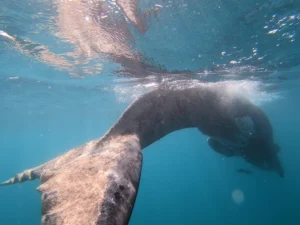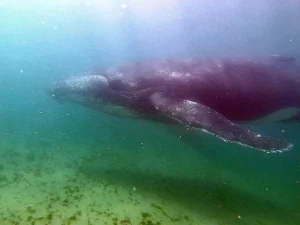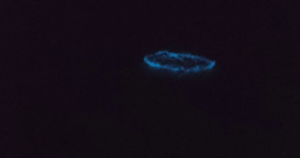Most well-known once washed ashore and decidedly smelly, red bait (Pyura stolonifera) is a fascinating sea squirt, or solitary ascidian, that grows attached to rocks, reefs and artificial structures. Commonly found in dense aggregates in cool and temperate coastal waters throughout Namibia and along South Africa’s west and southern coastlines, red bait is distinguished by a thick creased brown external covering, with two protruding syphons. Beneath the wrinkled exterior lies a fleshy pink, red or orange centre, which is greatly valued by fishermen, and forms the namesake of this specific species. Growing up to 20 cm in diameter, red bait occurs within the intertidal zone and at depths of up to 10 metres.
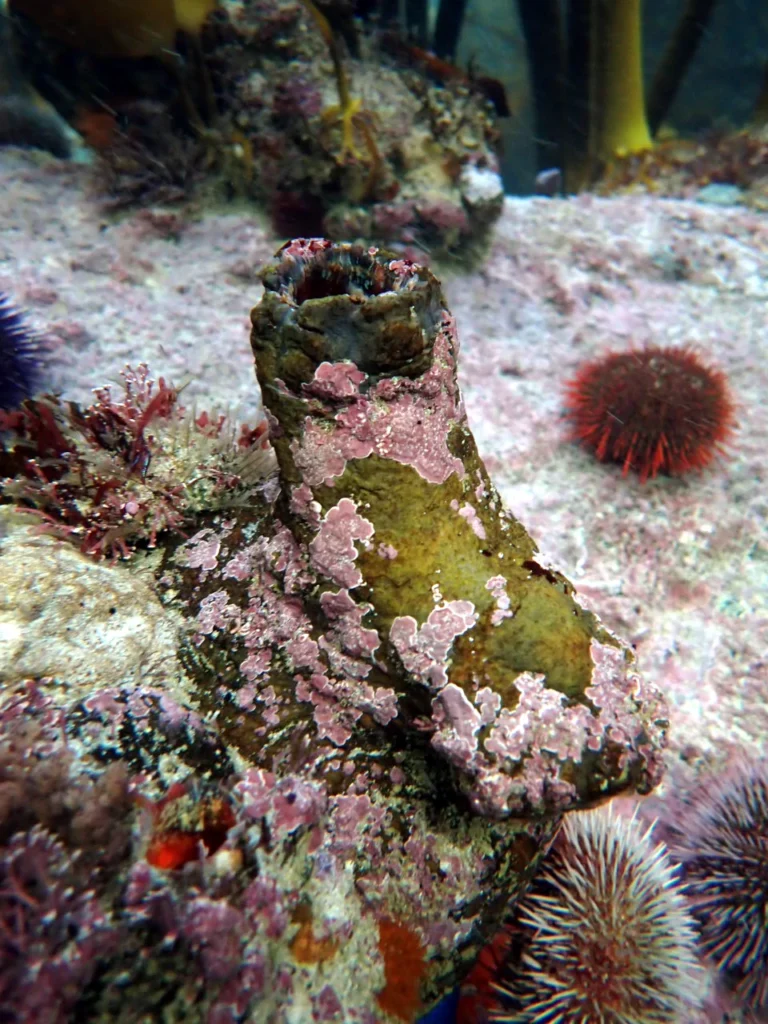
As with other sea squirts, red bait are filter feeders that extract plankton and other small particles from water moving through the syphons. The inhalant syphon opens to the pharynx, which essentially acts as a mouth. The digestive process starts here, where mucus traps food particles. The collected food moves through the esophagus into the stomach, where enzymes break it down. The intestine then processes the food, leading to a cloaca for waste expulsion.
Due to their rudimentary nervous system, sea squirts lack distinct sense organs but have various receptors in their body wall for touch, chemoreception, and light detection. Despite no true brain, a major ganglion between syphons sends body-wide nerves, with an exocrine gland below it connected to the pharynx. Red bait, like most ascidians, are hermaphrodites, having both male and female reproductive organs, from which they release eggs and sperm into the water for external fertilisation. Fertilised eggs develop into tadpole-like larvae that, using light, gravity, and touch, settle on surfaces and thereafter undergo metamorphosis into juveniles, which develop syphons for feeding and reach sexual maturity within a few weeks.
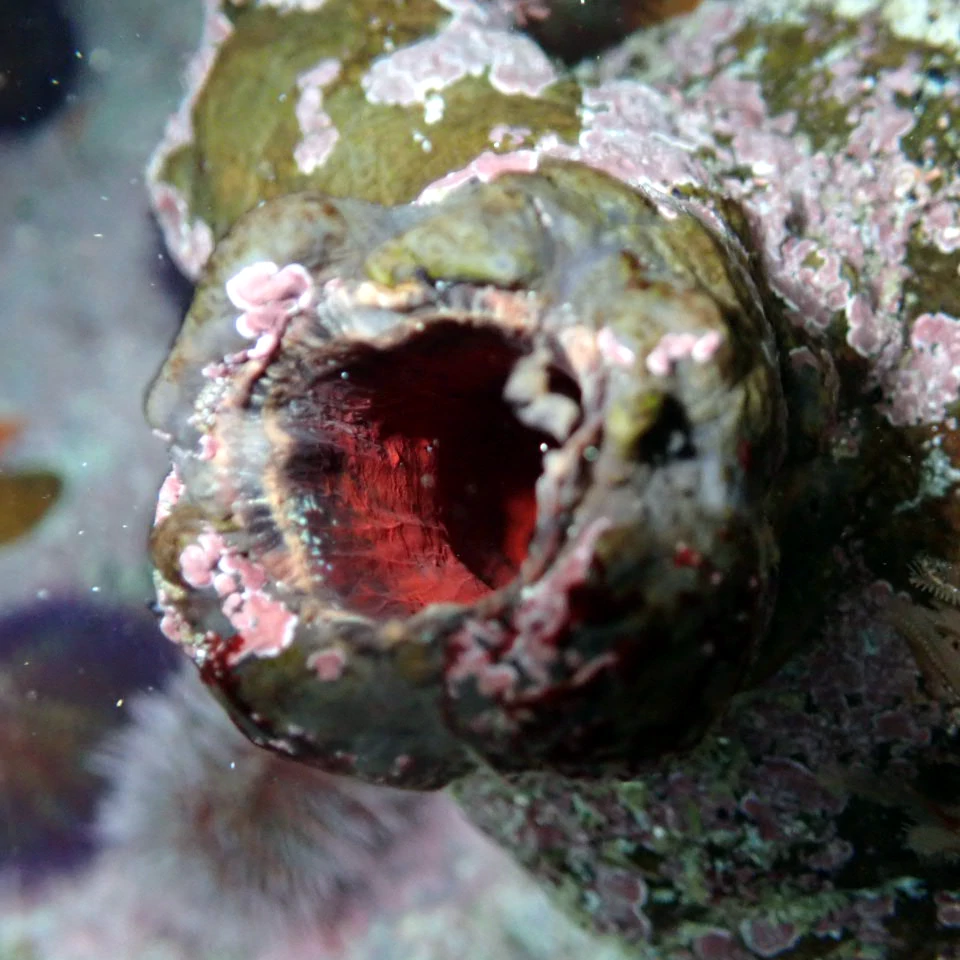
In many areas, red bait covers the majority of surfaces within intertidal zones, creating a habitat for small marine invertebrates such as crabs, copepods and amphipods. While they are largely favoured by fishermen for use as angling bait, red bait are naturally sought out as a food source by fish, sea birds, otters and other coastal marine species. Furthermore, subsistence fishers harvest red bait due to its value as a protein source.
Despite occurring prolifically along the southern African coastline, red bait, and sea squirts in general, are largely understudied. Due to this abundance and their extended range, these ecosystem engineers are not a species of conservation concern and therefore have not been assessed by the IUCN Red List, as their populations are said to be stable. Nonetheless, red bait forms a fundamental component of the intertidal zone and are fascinating creatures contributing not only to the biodiversity and the functioning of these systems, but also as an important marine resource.

